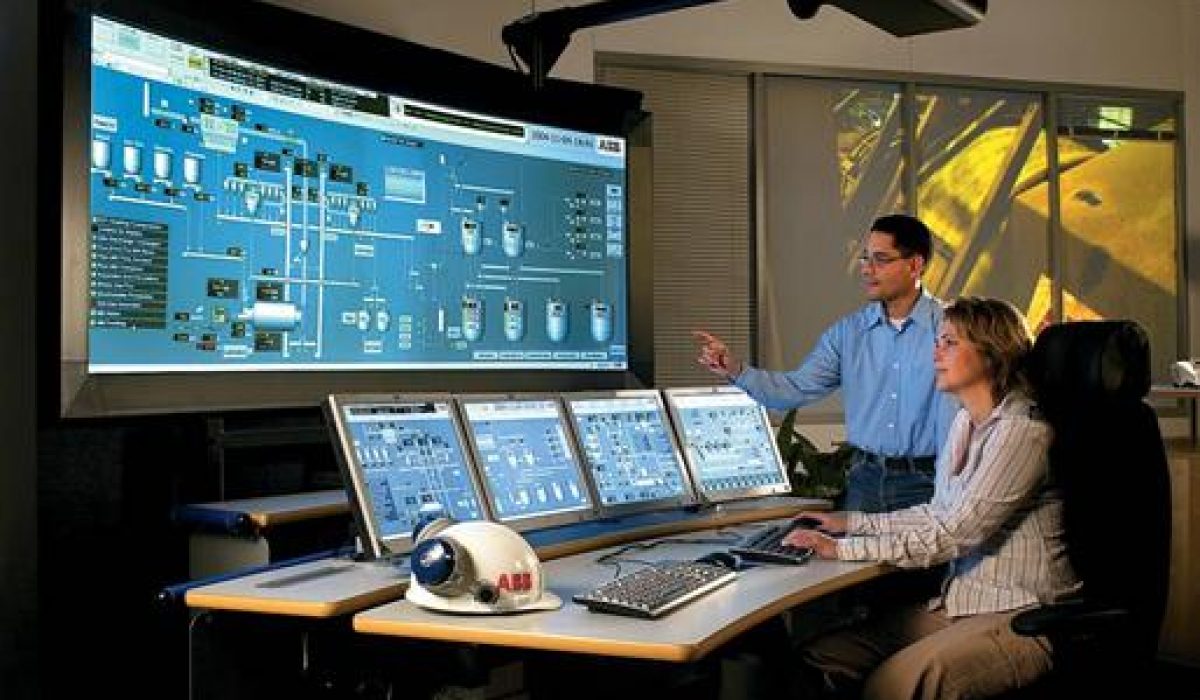In a perfect world, no plants would have to experience downtime for repairs and maintenance. While technology may never achieve that level of perfection, advanced technologies have grown better at preventing the need to halt operations for repairs. It all boils down to predictive maintenance and support.
Predictive maintenance is twofold, involving both site assets and employees. Dollars spent on equipment should focus on optimized measurement. Systems and alarms can be put in place so that all vital elements are continuously monitored. In this way, all information that can possibly be aimed at reducing downtime. Whether or not these assets effectively reduce the need for downtime is all up to the plant engineers.
We always stress the value and importance of client engineers throughout a project. Everything we put into an optimized control system is tailored toward the needs of client employees. They’re action is key to predictive maintenance and the reduction of down time.
Good control logic is to prioritize alarms so that the most urgent matters are attended to first. That doesn’t make any alarm less important. They have been programmed into the system for a purpose. Small alarms can alert plant engineers of minor problems which can usually be fixed without any downtime.
These are the kinds of alarms that reduce downtime. When left alone, small problems can snowball into huge events that require downtime and expensive repairs. Attention to minor alarms can save a business huge amounts of money. With advanced, optimized control systems, plant employees can come that much closer to perfect predictive management.




 Synergy Vice-President, Marc L. Hunter has again been nominated to an NFPA 85 Committee, this time for the atmospheric fluidized bed boiler (FBB) committee. As a member of both FBB and the single burner boiler (SBB) committee for NFPA 85, Hunter plays a critical role in deciding the safety regulations for chapters five and seven of the NFPA 85 code.
Synergy Vice-President, Marc L. Hunter has again been nominated to an NFPA 85 Committee, this time for the atmospheric fluidized bed boiler (FBB) committee. As a member of both FBB and the single burner boiler (SBB) committee for NFPA 85, Hunter plays a critical role in deciding the safety regulations for chapters five and seven of the NFPA 85 code.
 The ability to procure sustainable value within a process system, boiler room or plant provides a huge advantage to business. By their very nature, these industries use up fuel and raw materials to create products and energy. The less material you need for any given process, the less you have to pay for. When it comes to the production of consumer goods, such as food products, using less material to create the same result means you can create more product.
The ability to procure sustainable value within a process system, boiler room or plant provides a huge advantage to business. By their very nature, these industries use up fuel and raw materials to create products and energy. The less material you need for any given process, the less you have to pay for. When it comes to the production of consumer goods, such as food products, using less material to create the same result means you can create more product.
